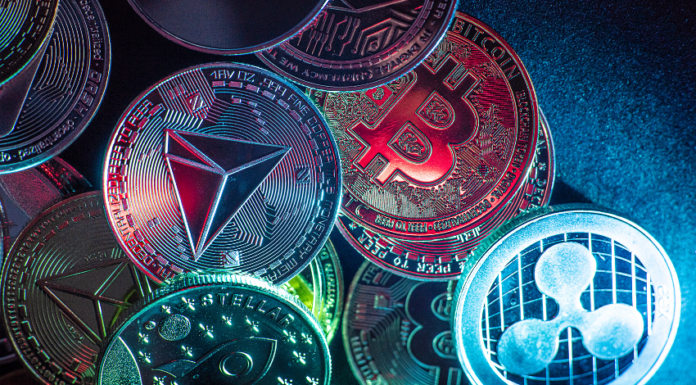In the ever-evolving landscape of artificial intelligence and digital technology, the value of images extends far beyond their visual appeal. One of the key areas where this value is increasingly recognized is in the fields of reconstruction and generation, where images are not just passive elements but active components in complex processes. The phrase “an image is worth 32 tokens” encapsulates the crucial role that images play in these advanced technologies.
The Importance of Tokens in AI
In AI, particularly in machine learning and natural language processing (NLP), “tokens” refer to units of data that the system processes. These tokens can be words, phrases, or in some cases, elements extracted from images. For image-based tasks, tokens can represent different features or segments of an image that are used for further analysis.
When we say an image is worth 32 tokens, we’re referring to the fact that a digital image can be broken down into 32 distinct, meaningful components or features that can be used by AI models to understand, reconstruct, or generate new images. This concept highlights how an image is not just a static picture but a rich source of data that can be parsed and utilized in various ways.
Reconstruction: Rebuilding the Past
Image reconstruction involves the process of creating a complete or enhanced version of an image from partial data or a damaged source. This technique is crucial in fields such as medical imaging, where reconstructing clear images from fragmented data can significantly impact diagnosis and treatment.
1. Medical Imaging: In medical fields, AI uses image reconstruction to enhance MRI or CT scans, filling in gaps caused by low resolution or missing data. The 32 tokens in an image might represent different anatomical features or artifacts that need to be accurately reconstructed for a reliable diagnosis.
2. Historical Restoration: For historical preservation, AI can reconstruct damaged artworks or ancient manuscripts. By analyzing the image in tokenized components, AI models can predict and regenerate missing parts of historical artifacts, providing insights into past cultures.
Generation: Creating the Future
Image generation is the process of creating new images based on learned patterns from existing data. This is often achieved through generative adversarial networks (GANs) or other machine learning models that understand the nuances of visual data.
1. Art and Design: In creative industries, AI can generate new art styles or design elements by understanding and combining different tokens from various images. For instance, an AI might use the 32 tokens to blend features from multiple artworks to create a unique piece.
2. Virtual Environments: In gaming and virtual reality, AI can generate realistic environments and characters. By breaking down images into 32 tokens, AI can create immersive worlds that feel authentic and engaging.
The Tokenization Process
The process of breaking down an image into tokens involves several steps:
1. Feature Extraction: AI models analyze an image to identify key features, such as edges, textures, or colors. Each feature represents a token that contributes to the overall understanding of the image.
2. Encoding: These tokens are encoded into a format that the AI can process. This encoding allows the model to work with the image in a more abstract and manageable form.
3. Application: In reconstruction, these tokens are used to fill in gaps or enhance details. In generation, they are used to create new content based on learned patterns.
Conclusion
The statement “an image is worth 32 tokens” underscores the depth of information contained within visual data and its importance in AI-driven reconstruction and generation. By breaking images into meaningful components, AI models can not only rebuild and enhance existing visuals but also create innovative and imaginative new content. This process exemplifies the power of modern technology to transform our interaction with digital imagery, making it an indispensable tool in both preserving our past and shaping our future.


